Perceiving Sidewalk Environment after the E-scooter Phenomena in Stockholm
In the current year, e-scooters affected people in Sweden, as one of the countries in Northern Europe that has a long-established commitment towards implementing and promoting sustainable mobility. Walking, as one form of transportation, is widely affected by this new materiality. Some activities that usually occur in the sidewalk environment are disturbed, including social activities between individuals.
Because of this issue, I investigated how the presence of e-scooters affected the sidewalk environment around Stockholm, as captured from the experiences of pedestrians and e-scooter users. The sidewalk environment will be analyzed not only because it is widely affected by the presence of e-scooters but also because it is one aspect of the city’s infrastructure that is important to provide a vibrant urban environment. In one of Stockholm’s policy documents, titled Stockholm Urban Mobility Strategy, it was stated that the city needs to enhance the sidewalk environment for pedestrians. Therefore, it is perceived as a crucial aspect of the built environment to develop and achieve Stockholm’s vision as a Walkable, Pedestrian-Friendly city
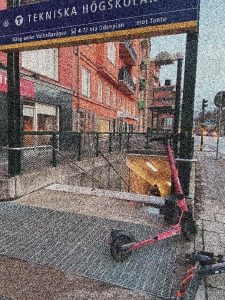
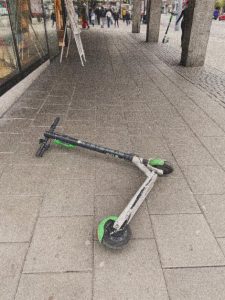
Picture 1 & 2: E-scooters condition that disturbed sidewalk environment
The findings from the observations, surveys, and interviews showed that several factors affected pedestrians due to the presence of e-scooters in the sidewalk environment. It could be concluded that pedestrians experienced accessibility, safety, and comfort differently according to the conditions of the e-scooters. Parked e-scooters affect the pedestrian’s experience differently compared to moving e-scooters. The parked e-scooters mainly caused the level of comfort of the pedestrians to decrease, while a few conditions of parked e-scooters also affected the accessibility of the pedestrians. While on the other hand, the moving e-scooters would mostly threaten pedestrian feelings of safety, and this condition is considered to imperil the willingness of pedestrians to walk.
Those findings showed a need to understand comprehensive aspects of the built environment to minimize the clash between different types of transportation available in the city. As city planners and designers, there is a need to define the specific requirement of the physical environment in the future development that satisfies the different types of transportation modes in the city. From the governmental side, it is essential to underline the importance of considering three different levels within the innovation system: niche, regime, and landscape. Finding the interrelated aspects in the transition process could be crucial to supporting a multi-actor, long-term, and multi-institutional process in the transition towards a new type of mobility in e urban areas, which is e-scooters in this context. It could be sufficient to analyze further the needs and expectations of the government and e-scooter companies.
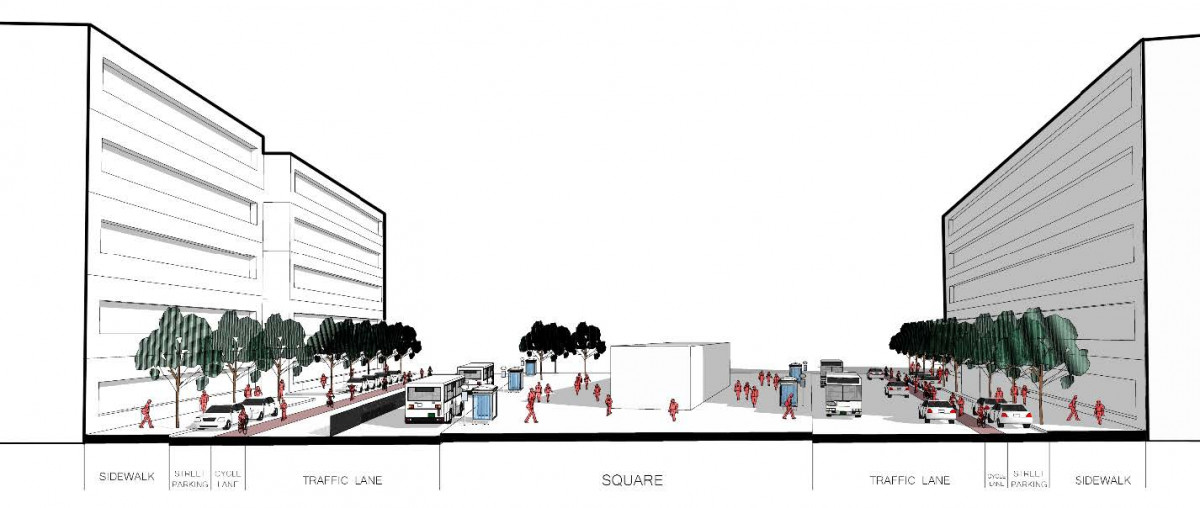
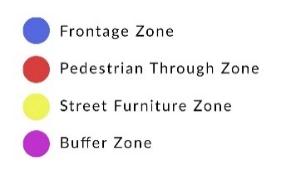
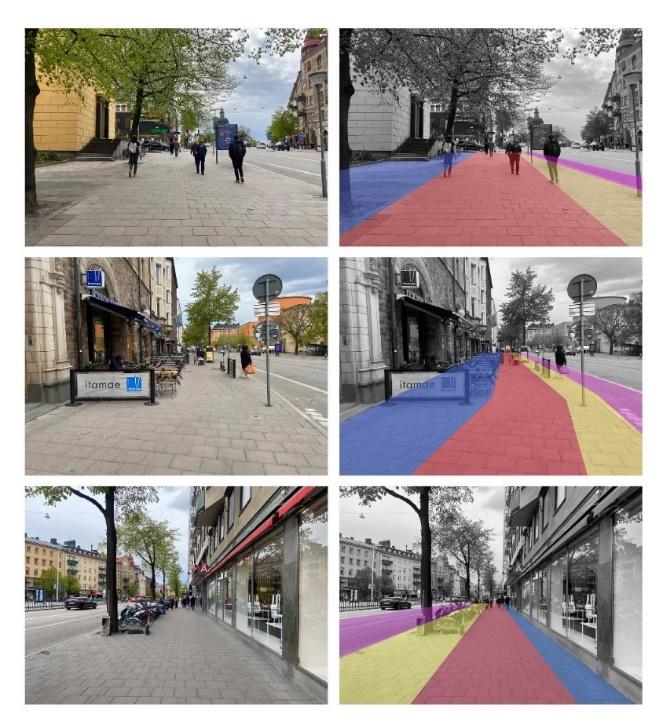
Picture 3 & 4: The visualization of one existing street condition and how could it be classified to regulate the e-scooters around the city
In conclusion, it could be understood that urban design could play an essential role in influencing e-scooter users’ behavior. Because of some new types of transportation that emerged in urban areas, designing and planning the city area should be developed in a more pragmatic implementation of the latest technologies. It means that city’s infrastructure, such as sidewalks and streets, could adapt to new changes without drastically changing the existing physical conditions. Thus, improvement in the existing city’s infrastructure could be a priority alongside the Stockholm urban development.
—

My name is Adinda Smaradhana Rachmanto, and I graduated from the Sustainable Urban Planning and Design from KTH Royal Institute of Technology, Sweden. My research interest placed in the intersection aspects between the built environment, policy, and governments in various contexts, such as transportation planning and smart city. I am currently working as a research associate at SMART CITY Universitas Indonesia in Jakarta, Indonesia.



